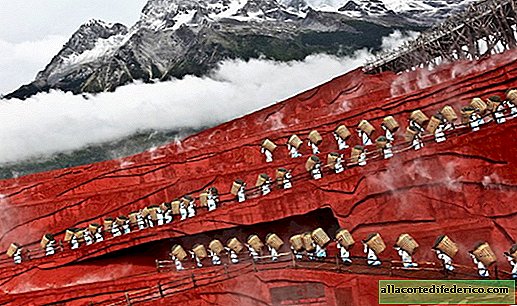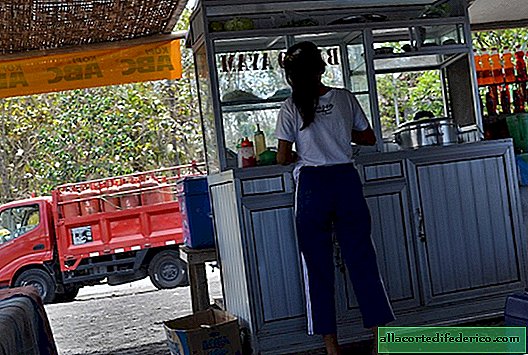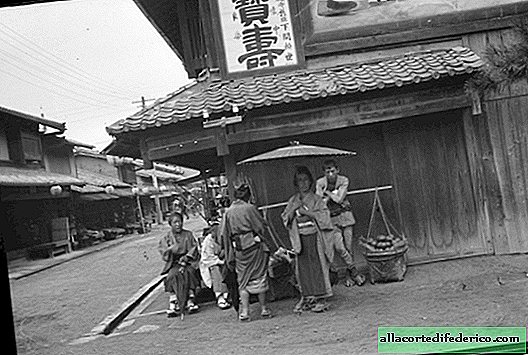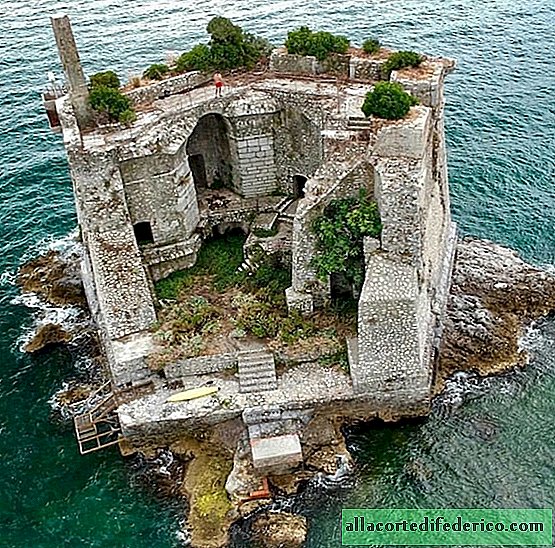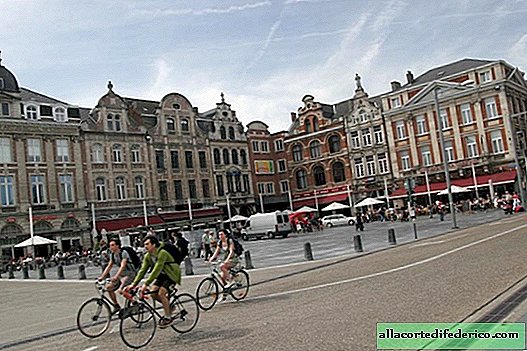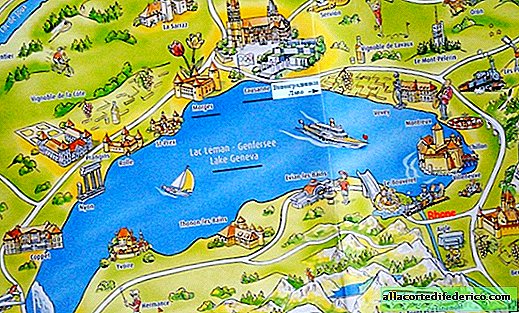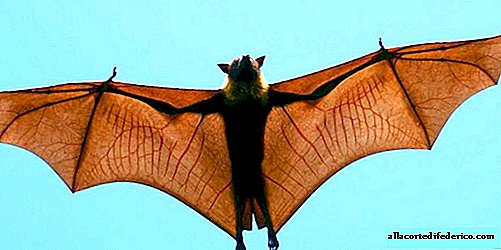Old Believers in Bolivia: how Russians found themselves in a South American country
If you come to the village of Toborochi in Bolivia, you’ll think that you’ve got to shoot some historical film: pure-haired Russian girls and boys play ball, strong men in shirts and full-length beards catch fish, and women in long sundresses and scarves are busy with the housework. But these are really Russian, or rather Old Believers, who, by the will of fate, ended up in the Bolivian jungle and managed to establish a decent life here.

The history of the Russian diaspora in South America began in the 19th century, but the massive influx of emigrants from Russia began after the 1917 revolution. To date, hundreds of thousands of immigrants from Russia live in Argentina and Brazil. And although the Russian diaspora in Brazil is not the largest, according to various estimates, no more than 2,000 people, it deserves attention.
Old Believers were in Bolivia after many years of wandering and adversity. During the Civil War in Russia, their ancestors first emigrated to the Far East, and then to China, to the territory of Manchuria. After the establishment of communist power in China, the Old Believers were forced to leave Manchuria and, after a short stay in Hong Kong, ended up in Brazil, and then settled in many countries of South America.

But the Old Believers are special immigrants. Even those Old Believers, representatives of the oldest branch of Orthodoxy who are in Russia, live according to their traditions and sacredly honor their faith. And here, in Bolivia, this cultural and religious identity of immigrants from Russia acquires special significance. Almost none of the Old Believers of Bolivia have ever been to Russia. But a hundred years after the start of their many migrations, they retained their language, their faith and their traditions.
Today, the Old Believers in Bolivia live, like their ancestors at the beginning of the 20th century: men are engaged in agriculture and fishing, women are engaged in raising children and housework. Hardworking and economic men quickly found their niche and were able to survive in the economic realities of Bolivia. Many families own land, fish ponds, and agricultural machinery. But it cannot be said that their way of life is archaic and has not changed in the last hundred years: there are cars, cell phones, laptops and Internet access. True, he uses these benefits, as a rule, the head of the family and exclusively for work. Everyone is fluent not only in their native Russian, but also in Spanish, and the children go to a Spanish school.

Mixed marriages in the families of Old Believers are a rarity, and a wife for the son is also chosen from the Old Believers. But to exclude close ties, the bride often goes to other countries and regions: with Brazil, Argentina and even Alaska, where there is also an Old Believer community.
Thanks to their work and perseverance, Old Believers from Russia managed to settle in Bolivia. They grow corn and other grains for sale, there are plantations with tropical fruits, and in the ponds they breed local fish species that are highly valued in the Bolivian market. And although in recent years the Old Believer community has experienced a number of difficulties, few people decide to move to Russia due to the land reform carried out by the Bolivian government. Who better than these people to know how hard it is to start a new life from scratch, even in a country that their ancestors were once forced to leave.


